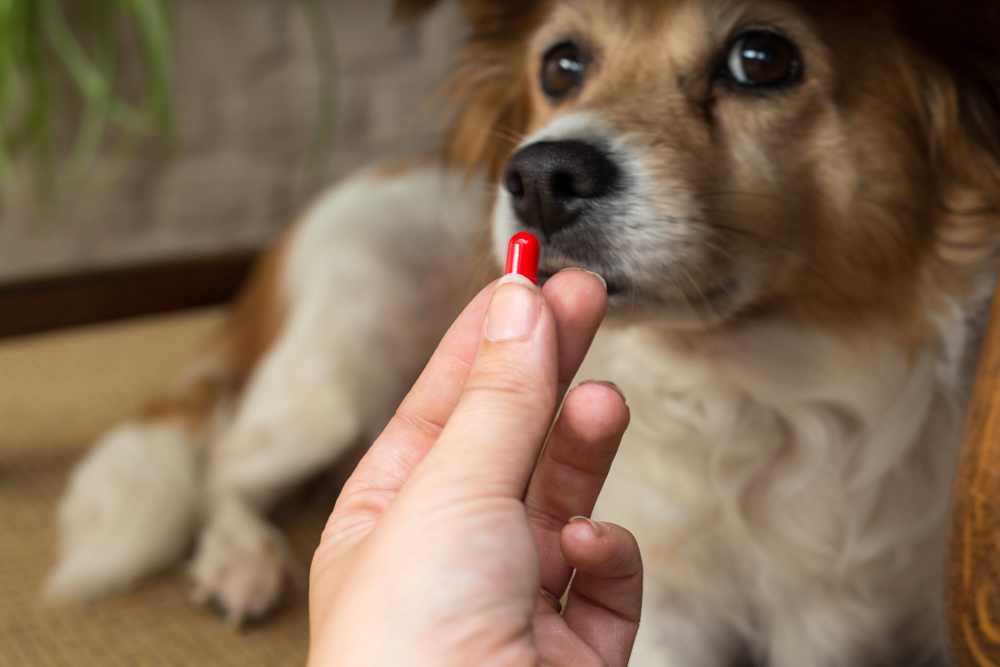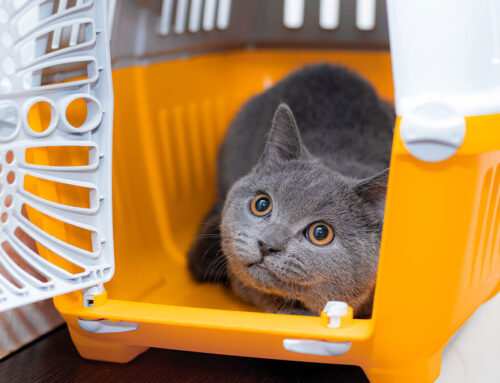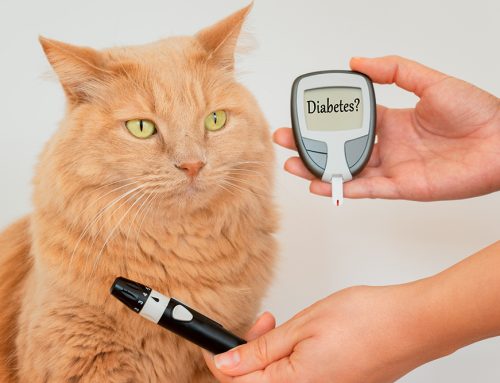Noise aversion is a common problem that affects many household pets, but the condition is not caused by lack of training or disobedience. Noise aversion is a medical condition akin to panic attacks in humans, and negatively impacts your pet’s quality of life. The team at Star of Texas Veterinary Hospital wants to educate you on this concerning topic and provide strategies to help mitigate your pet’s fear.
Is my pet afraid or phobic?
Fears typically develop gradually, and your pet’s rational reaction depends on the situation. Their response is typically proportional to the stimulus. In contrast, a pet usually develops a phobia rapidly, and regardless of the stimulus level, their response is intense and irrational. A noise phobia is defined as a sudden, profound response to noise, manifested as active avoidance, escape, or anxious behavior, such as an inability to move, repeated vocalization, and trembling. A storm phobia is a class of noise phobia, and is defined as an extreme response to the components of a storm, including thunder, lightning, darkness, wind, and barometric changes.
How does noise aversion affect my pet?
A noise phobia not only affects your pet’s emotional well-being, but also causes physical manifestations. Their heart rate, respiratory rate, blood pressure, and cortisol levels are increased. Wound healing is delayed. Stress-induced colitis can occur, and cats can suffer from stress-induced feline idiopathic cystitis.
How do I know if my pet is affected by noise aversion?
Phobic reactions worsen if left untreated, making early intervention key to successful treatment. Recognizing the signs, and seeking help early in the process, will prevent your pet’s signs from escalating. Pets who suffer from noise or storm phobias are also more prone to developing separation anxiety and other stress-related conditions. Noise phobia signs include:
- Trembling
- Salivation and panting
- Urination and defecation
- Destruction
- Vocalization
- Escape
Noise phobias can be inherited, so if your pet’s parents or siblings have a history of problems, your pet will be at risk. Herding dogs are especially prone to these conditions and should be monitored closely.
How is noise aversion treated in my pet?
Environmental management strategies can reduce your pet’s exposure to the problematic noise. Provide music or white noise to mask the sounds, and move your pet to a more sound-proof area in the house. These methods can help, although they do nothing to treat your pet’s phobia.
Behavior modification can help desensitize and counter-condition your pet. Record or download the noise that causes your pet’s phobic response. Play the sound at a low level, and if your pet stays calm, reward them with a high-value treat or playtime with their favorite toy. Over several days or weeks, gradually increase the sound level, rewarding your pet everytime they stay calm. If your pet becomes distressed, lower the volume back to their safe level. At the next session, start with the volume at the safe level. If your pet is exposed to the actual noise that causes their phobic response during this process, their progress can be severely hampered.
When your pet exhibits a phobic reaction, do not show them excessive attention or attempt to comfort them, because they will interpret this as a reward for their behavior. Stay in the same room with your pet, and allow them to approach you if they wish. If they do come near, you can apply gentle, continuous pressure with your arm or body. If your pet is large enough, you can lean against your pet to offer emotional support.
Your pet is not misbehaving when they react violently to noise. Punishment is definitely not an appropriate response and will only cause further distress and anxiety. Forcing your pet to experience the frightening situation is also contraindicated. If your pet is left without an escape route, they may resort to aggressive behavior to avoid the situation.
Can calming products help my phobic pet?
Several commercially available products are touted to help pets cope with noise aversion. Some pets benefit anecdotally from these products, but none have been tested in clinical settings.
- Pheromone products — Species-specific synthetic pheromones are designed to reduce your pet’s general stress. They are undetectable to humans, but reproduce dog and cat pheromones. They are sold in various forms, including diffusers, sprays, wipes, and collars.
- Compression vests — These vests apply constant gentle pressure to your pet’s torso, and work the same way that swaddling calms a baby.
- Eye shades — Eye coverings that permit no light or diluted light may help some pets, but other pets become more afraid if they cannot see.
- Ear protection — Muffling the noise can help some pets, and products that fit dogs are available.
Can nutraceuticals and pharmaceuticals help my phobic pet?

Supplements are available that are designed to provide relief for general anxiety, and the FDA has approved a drug that treats noise aversion in dogs. Remember, never administer any supplement or drug to your pet without first consulting a veterinary professional.
If your pet seems to have a noise or other phobia, their overall well-being is negatively affected. If you think your pet is suffering, do not hesitate to contact the Fear Free team at Star of Texas Veterinary Hospital. We can help alleviate your pet’s distress.






